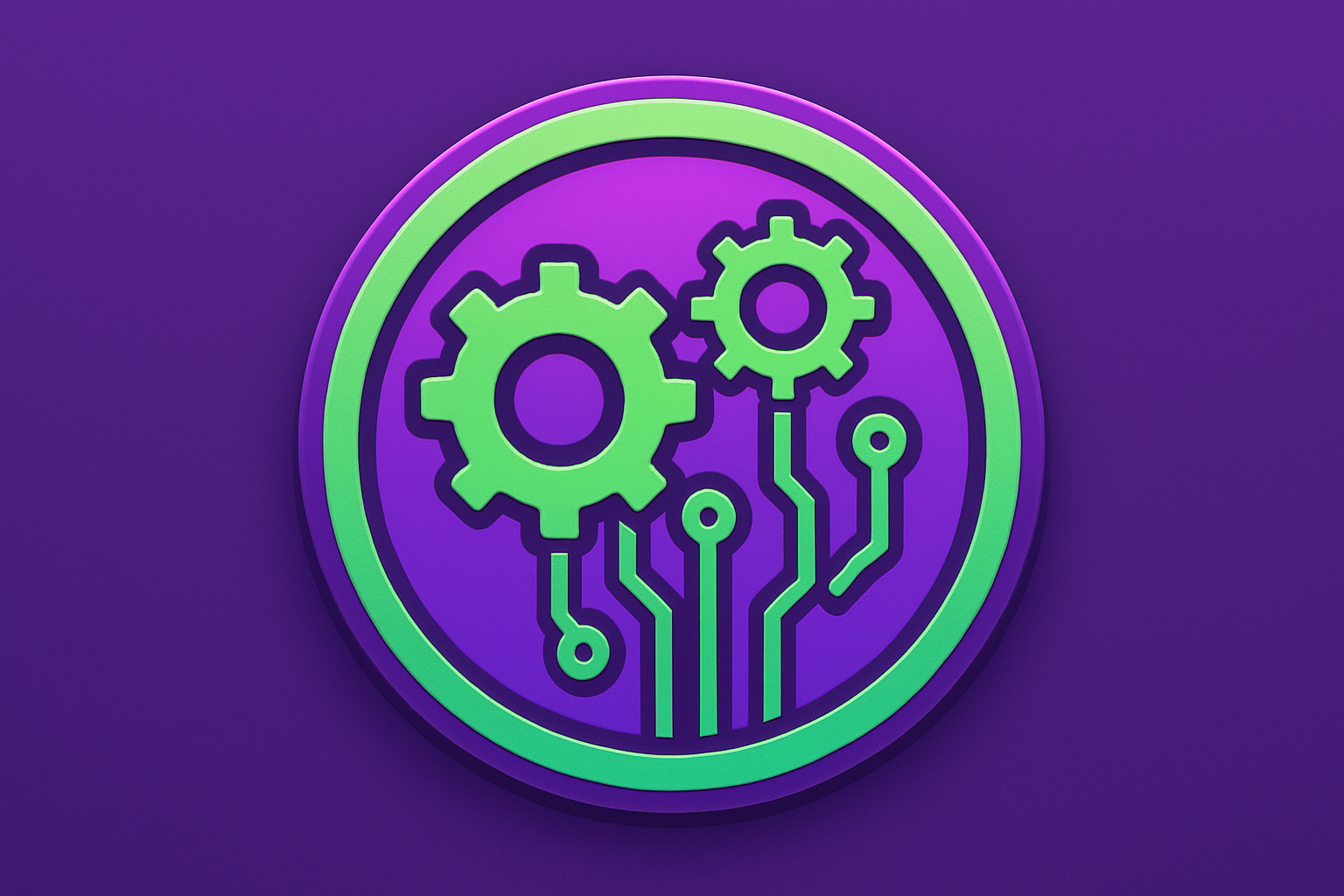In the rapidly evolving world of digital currencies, understanding the fundamentals of
crypto trading is essential for anyone looking to dive deeper into this space. One critical feature gaining traction among cryptocurrency enthusiasts is the
crypto swap. This innovative mechanism allows users to trade one cryptocurrency for another without needing to convert their assets into fiat currency or rely on traditional intermediaries like banks or centralized exchanges. But why should you care about crypto swaps? For starters, they streamline the trading process, often reducing transaction fees and time, making it easier for both beginners and experienced traders to manage their digital assets efficiently.
This article aims to break down the concept of crypto swaps, covering everything from how they work to the differences between decentralized and centralized exchanges. By the end, you’ll have a solid grasp of how to make the most of crypto swaps, empowering you to make informed decisions in your trading journey. Let’s dive into the world of cryptocurrency basics and explore what makes crypto swaps an attractive option in the cryptocurrency trading landscape.
What Is a Crypto Swap?
A
crypto swap is essentially the process of exchanging one digital asset for another—think of swapping
Ethereum (ETH) for
Bitcoin (BTC)—without converting to fiat money first. This direct exchange is incredibly beneficial, as it eliminates the hassle of selling your crypto for traditional currency and then using that currency to purchase another cryptocurrency.
Crypto swaps can occur using a variety of platforms:
- Decentralized exchanges (DEXs) like Uniswap, where smart contracts facilitate peer-to-peer trades directly from users’ wallets.
- Centralized exchanges (CEXs) which act as intermediaries, matching swap orders with internal liquidity pools.
Both types have their own unique features that cater to different trading needs and preferences, which we will explore further below.
How Does a Crypto Swap Work?
The process of swapping cryptocurrencies might seem complex at first, but it usually follows a straightforward sequence:
- Choose the cryptocurrencies to swap: Start by deciding which cryptocurrency you wish to exchange (e.g., BTC) and which one you want to receive (e.g., ETH).
- Wallet setup: Make sure you have a sending wallet for the cryptocurrency you want to exchange and a receiving wallet for the new cryptocurrency.
- Retrieve and confirm the quote: The platform will provide a swap quote based on current market rates, typically valid for a limited period.
- Initiate the swap: Transfer the specified amount of your cryptocurrency to either a specified address or a smart contract.
- Receive your swapped crypto: Once the transaction is confirmed, the new cryptocurrency arrives in your receiving wallet.
On decentralized exchanges, smart contracts automate this whole process, ensuring seamless execution without traditional intermediaries. On the other hand, centralized exchanges serve as counterparties that guarantee trade execution and manage the liquidity for smooth swapping.
Crypto Swaps on Decentralized Exchanges (DEXs)
Decentralized exchanges allow users to swap cryptocurrencies directly without the need for an intermediary. DEXs operate on the principle of
liquidity pools—reserves of pairs of cryptocurrencies provided by users—enabling users to swap their assets seamlessly. For instance, when a user sends ETH to a liquidity pool, they receive an equivalent value of another crypto in return, based on the current ratios of the pool.
Key features of DEX swaps include:
- Smart contracts automate transactions, minimizing the risk of human error.
- Lower fees compared to centralized exchanges, largely due to the absence of intermediaries.
- Enhanced privacy, since users maintain control over their private keys and wallets throughout the transaction.
- Potential risks of slippage—where the price may shift during the swap, particularly if the liquidity in the pool is low.
A prominent example of a DEX facilitating crypto swaps is Uniswap, which has grown popular for its user-friendly interface and comprehensive assets.
Crypto Swaps on Centralized Exchanges (CEXs)
On the flip side, centralized exchanges like
Binance or Coinbase manage user trades through their internal order books and liquidity pools. When you
swap crypto on a CEX, the platform handles the matching of buy and sell orders internally, allowing for faster execution of trades.
Some important characteristics include:
- User-friendly interfaces that appeal to beginners, along with the instant liquidity they provide.
- Comparatively higher fees because of the intermediary services involved.
- Custodial control of assets during the trading process; users do not hold their private keys directly while trades are being processed.
- Quick execution with less slippage, making it easier to complete trades rapidly.
Each type of exchange has its advantages and disadvantages, and your choice will depend on your unique preferences and trading style.
Advantages of Crypto Swaps
Choosing to conduct crypto swaps comes with a range of benefits:
- Speed and convenience: With crypto swaps, you can execute trades instantly without the lengthy steps typically involved in selling and buying.
- Cost efficiency: By circumventing fiat conversions, you avoid the double fees that often accompany traditional exchanges.
- Accessibility: You can execute swaps directly from your digital wallets or through swap platforms, removing the need for full exchange accounts.
- Portfolio management made easy: Swap transactions enable effortless diversification of holdings and a fast response to market shifts.
These benefits make crypto swaps appealing, especially for users who value agility in trading.
Potential Risks and Considerations
While crypto swaps offer many advantages, they also come with their share of risks. Here’s what you should keep in mind:
- Immutable transactions: Sending crypto to the wrong wallet address or entering the incorrect amount can lead to permanent losses, as crypto transactions are generally irreversible.
- Slippage: The risk of price fluctuations during a swap can result in you receiving less than expected, particularly on DEXs with lower liquidity.
- Variable fees: Even though swaps often feature lower fees, these can fluctuate based on market conditions and need to be carefully monitored.
- Security concerns: Centralized exchanges pose custodial risks where your assets are in their control, while decentralized exchanges might expose you to vulnerabilities in smart contracts.
Crypto Swap vs. Traditional Exchange
To help clarify the differences between crypto swaps and traditional exchanges, let’s look at a comparative table:
| Feature | Crypto Swap | Traditional Exchange |
| Intermediary | None (peer-to-peer via smart contracts or centralized platforms) | Centralized platform acting as a broker |
| Fees | Generally lower, consisting of fewer steps | Higher due to multiple steps (crypto-fiat-crypto) |
| Speed | Faster (instant to minutes) | Often slower due to order matching |
| User control | Users retain wallet control on DEX | Custodial during trade on CEX |
| Liquidity | Depends on pools (DEX) or order book (CEX) | Generally extensive liquidity |
| Complexity | Simple, direct swap | More complex trading interfaces |
This comparison highlights the trade-offs involved in choosing between crypto swaps and traditional exchanges, enabling you to make informed choices about your trading strategy.
How to Start Swapping Cryptocurrency
Are you ready to get started with crypto swaps? Here’s a simple process to follow:
- Select a swap platform or wallet that facilitates swaps like Uniswap, BitPay, or Swapzone.
- Check your wallets: Ensure you have wallets for both the cryptocurrency you want to send and the one you want to receive.
- Input the swap details: Enter the tokens you want to swap and the amount.
- Review quotes: Make sure you check the swap quotes, associated fees, and estimated transaction times before confirming.
- Confirm the swap: After reviewing all details, confirm the swap and send the selected cryptocurrency.
- Track your transaction: Use blockchain explorers to monitor the transaction status until it completes.
By following these steps, you can seamlessly swap cryptocurrencies and optimize your trading experience.
Summary
In conclusion, a
crypto swap is an efficient way to exchange one digital currency for another without the hassle of converting to fiat. Whether you choose to swap on a decentralized exchange using smart contracts or on a centralized platform with its liquidity, understanding this core concept enriches your crypto trading toolbox. Reduced fees, faster transaction times, and direct control over assets highlight the advantages of swaps over traditional exchanges. However, users must remain aware of the potential risks, including transaction irreversibility and price volatility, to make informed decisions. So, whether you’re looking to diversify your portfolio or quickly react to market changes, crypto swaps offer a compelling solution that can enhance your crypto journey.
If you’re eager to continue your learning and expand your knowledge about cryptocurrency, be sure to explore more guides on
Exchainer.com, including categories on
Crypto 101,
Exchange Reviews,
News, and
Tools and Wallets.
Explore Related Articles:
Ready to dive deeper into the world of cryptocurrency and stay updated with the latest trends? Join our vibrant community on social media! Follow us on
YouTube for insightful videos, connect with us on
X for real-time updates, explore stunning visuals on
Instagram, and engage with our community on
Facebook.












